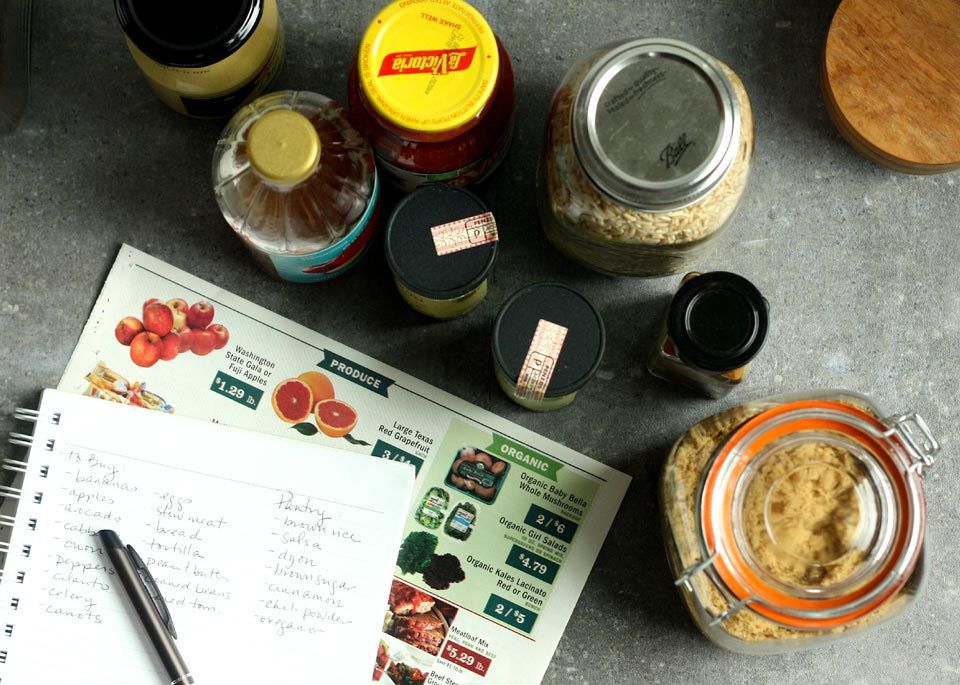When switching to an environmentally sustainable food plan, one of many first issues individuals are likely to do is purchase extra domestically produced meals. However whereas there are lots of good causes to buy from native farmers—supporting the native financial system; getting riper, tastier produce; encouraging seasonal consuming—there are some nuances that decision into query how inexperienced consuming native actually is. Listed here are some elements to think about.
1. Meals miles matter lower than how meals is grown.
Meals miles, or the gap meals travels from the place it is grown to the place it is offered, is unquestionably a consider figuring out its carbon footprint. However it has a lot much less of an influence than many individuals notice. A life-cycle evaluation within the journal Environmental Science & Expertise decided that, on common, 11% of meals’s greenhouse fuel emissions come from transportation, whereas 83% of emissions come from rising, elevating (within the case of animal protein) and processing the meals.
2. Avoiding artificial fertilizer is essential.
Moderately than specializing in the place meals is grown, the larger query could also be how it’s grown. That is as a result of typical farming usually results in larger carbon emissions than natural rising.
“Though there are an a variety of benefits to rising organically, avoiding the usage of artificial fertilizer is a giant deal when it comes to carbon emissions,” says Sonja Brodt, Ph.D., affiliate director on the College of California-Davis’s Sustainable Agriculture Analysis and Schooling Program. “Even when [organic growers are] bringing in manure, it is higher than artificial fertilizer,” she says. Not solely does artificial nitrogen-based fertilizer require an incredible quantity of vitality to supply, nitrous oxide, a fuel that’s produced by microbes within the soil (and emitted at a better price when artificial fertilizer is used as a substitute of pure fertilizer), is 300 instances stronger than carbon dioxide as a greenhouse fuel.
“On the whole, we wish to see meals produced extra in live performance with the setting and using pure cycles,” says Gail Feenstra, Ph.D., SAREP’s director. It could even be that meals produced farther from residence that use natural methods are much less carbon-intensive than native typical merchandise.
3. It is good to attempt to purchase recent, seasonal meals that grows naturally in your space.
It could actually really feel good to purchase issues like citrus from an area grower. Nonetheless, if fruit should be produced in heated greenhouses or with plenty of water and fertilizer, the carbon emissions created by these inputs could outweigh the advantages of decreased transportation. That is why it is best to purchase native meals which are well-suited to pure rising circumstances in your area. They may take fewer inputs to develop naturally for the reason that soil, local weather and different circumstances match with their preferences.
As well as, consuming seasonally can be a good suggestion. Even meals that develop effectively in sure areas of the nation would require extra help in the event that they’re pressured to develop at a time they would not in any other case. (Tomatoes, for instance, could have to be produced in greenhouses or below hoop homes.) Purchasing seasonally ensures you get the freshest fruits and veggies doable. It additionally discourages individuals from splurging on out-of-season meals produced in different international locations.
4. Reducing meat consumption is healthier than shopping for native meat.
Meat and animal merchandise will all the time have an even bigger environmental influence than plant meals, no matter the place or how they’re produced, so chopping again on these meals basically is probably the most sustainable possibility. For each kilogram of beef produced, an estimated 99 kilograms of carbon dioxide equivalents are emitted. That is in comparison with poultry, which emits 10 kg CO2eq per kilogram produced and tofu, which emits 3 kg CO2eq. Nuts emit simply 0.43 kg CO2eq per kilogram produced.
In fact, there are different environmental prices to supply these low-emitting meals. Almonds, for instance, require a hefty quantity of water to develop. Nonetheless, pink meat nonetheless has twice the environmental influence as nuts, in accordance with one examine in PNAS in 2019, which seemed on the environmental penalties of manufacturing 15 meals. The researchers discovered that the healthiest meals (entire grains, fruits, greens, legumes, nuts, olive oil and fish) additionally had decrease environmental impacts in comparison with less-healthy fare, together with unprocessed and processed pink meat. Transferring towards these meals can each be good for you and the setting.
Backside Line
The subsequent time you go to a farmers’ market or grocery store, assume much less about meals miles and extra about what you are consuming, whether or not it is sensible on your area and time of 12 months, and the way it was grown, to make your purchases an excellent brighter shade of inexperienced.

